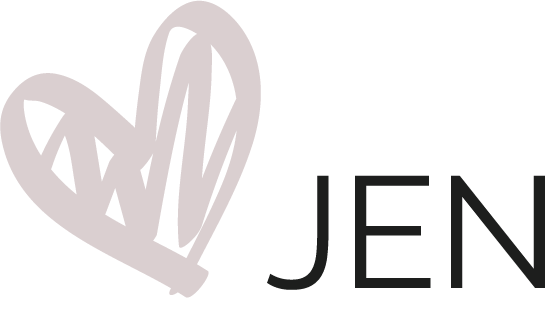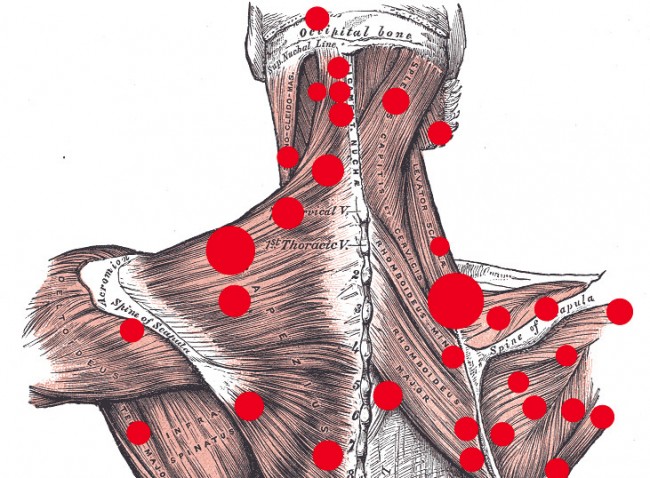“Between the stimulus and the response there is a space. In that space lies our freedom and our power to choose our response. In our response lies our growth and our happiness.” ~ Viktor E. Frankl
Most of us have had the experience on the massage table where we utter, “I didn’t know how tight that was!” Or “I didn’t even know I had a muscle there.” From my perspective, this is because we become used to stimulus from our proprioceptors, and conditioned to deal with mild or severe discomfort or pain. For instance, if we have habitual slumped shoulders and forward neck posture, as is common with overworked computer warriors and desk dwellers (or massage therapists!), chances are we have been assuming the misaligned posture for years. When massage reduces the tension in the muscle and/or lengthens the tissue, our body can then relax and our brain becomes aware of how tight the area actually was! It is not uncommon for some clients to notice that there was a problem only after having received bodywork.
Body awareness is key in healing. We can’t fix something until we understand what the problem is. What I love about massage is that all the sensory input brings us to a earth shattering break in the norm of time and space, and brings to light from the inside-out what the problem may be. I believe that it takes this type of introspection and multi-sensory experience to truly heal old injuries, misalignments, even repetitive use injuries and traumas stored in the body.
I’ve been intrigued by this concept as it relates to bodywork for…well, as long as I’ve been doing massage. This October I’m celebrating 13 years since I got licensed and starting practicing massage therapy. I’ve had my fingers in the depths of some of your golgi tendon organs, (which is one of the types of proprioceptors) for years, and I’m grateful for the opportunity!
Proprioception is defined as the ability to know where your body is in relation to itself and the environment.
Proprioceptors are nerve endings embedded in the muscle fibers, tendons and joints that inform the central nervous system about location and movement of the body. There are different types of proprioceptors throughout the body. Some are stretch receptors, which send information to the brain about tension levels in the muscles. Stretch receptors in the tendons, like the Golgi tendon organs, sense tension, a safety precaution against tearing. Other proprioceptors inform the brain of the position and movement in the joints. An important factor of proprioception is that of interpreting the force necessary to perform an action: it is what allows us to gently pet a kitten or demolish a wall with a sledge hammer by controlling the force of our movements. Proprioception is what allows us eye-hand coordination and balance.
Another important concept to understand regarding proprioception is that of tensegrity, or the idea that the body is like a suspension bridge and everything is connected. So, increased tension in one area ‘pulls’ on another area of the body. This is why it is common for habitually bad posture to cause increases in joint and muscle pain and shortening of muscle tissue, resulting in any number of functional movement difficulties.
I hope this article helps shed some light on your nervous system’s response to stimulus. Maybe the next time you receive a massage and think, “I had no idea I was holding so much tension there!” you can feel grateful for the proprioceptors in your muscles that are doing their part at keeping you grounded in space.



0 Comments